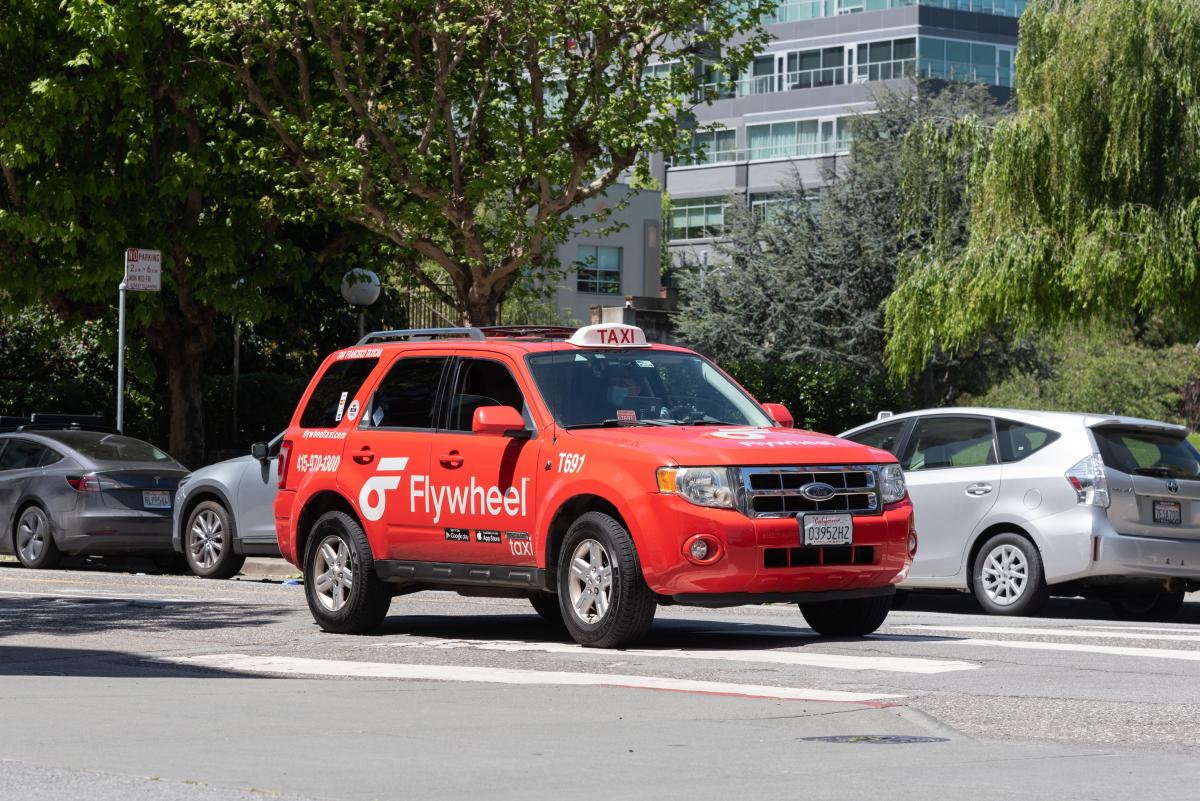By

Exciting Changes Coming to San Francisco Taxis!
A new way to hail a taxi is coming soon, San Francisco! Yesterday, our MTA Board of Directors approved an amendment to the pilot program to test upfront fares, which was approved back in September 2021. This amendment will now allow Taxi E-Hail app providers to dispatch trips that originate with third-party entities, which may offer upfront fares that are not based on taximeter rates. In other words, you’ll soon be able to pick up your smartphone and check the cost to your destination and book a ride via taxi with a few swipes.
Allowing taxi customers to select a flat rate advance fare is intended to improve customer service, enable customers to price shop among similar services and minimize meter anxiety that occurs when customers feel that the Taximeter rate is increasing beyond their expectation. The price flexibility is intended to increase the number of taxi trips and allow taxis to be more competitive in the for-hire transportation marketplace.
Background
On September 7, 2021, the SFMTA Board authorized the Director of Transportation to create the one-year Taxi Upfront Fare Pilot Program (Pilot) within six months, to test the concept of providing customers with a flat rate fare estimate through a Taxi E-Hail app via cellphone. Under the pilot, the customer will have the option of choosing the upfront fare or paying for the trip based on the taxi meter amount.
Since this approval, our staff has been working with taxi industry stakeholders to develop the Pilot program rules. During this process, both the YoTaxi E-Hail app and Flywheel E-Hail app requested that the SFMTA allow them to partner with Uber to dispatch taxi trips that originate with Uber based on Uber’s rates rather than the taximeter. The original intent of the metered fare system was to provide price certainty and protection to customers. The SFMTA and other taxi regulators around the world utilize the meter fare system to ensure a functioning taxi market in which customers and drivers have certainty that the fare is transparent and equally applied to all customers. Although the fares are standardized and posted in every cab as well as on sfmta.com, as the meter clicks up incrementally during the trip, riders may experience meter anxiety watching the fare increase based on time and distance, and some passengers may be confused about the additional fees for exiting the airport, fees for traveling long distances, and bridge tolls.
We updated the Taxi E-Hail requirements in mid-2021 to require functionality that customers have come to expect. Although Taxi E-Hail apps are required to provide a fare estimate, a taxi customer is not currently able to lock in that fare prior to taking the trip. The Pilot will allow this additional functionality and allow Taxi E-Hail apps the ability to offer customers an option to lock in the upfront fare. After today’s amendment was approved by the MTA Board, taxi customers will soon have the option of choosing the upfront fare through the Taxi E-Hail app, their trip may originate as an UberX trip and be provided by a taxi, or they may choose to request a cab through traditional phone dispatch or street hail and simply pay for the trip based on the meter amount.
We look forward to continued support of the taxi industry. Visit our website to check out all the ways the SFMTA is supporting this industry, and be sure to subscribe for updates on the launch of our Upfront Fare Pilot Program.
Published April 07, 2022 at 12:38AM
https://ift.tt/RgDo4se
Comments